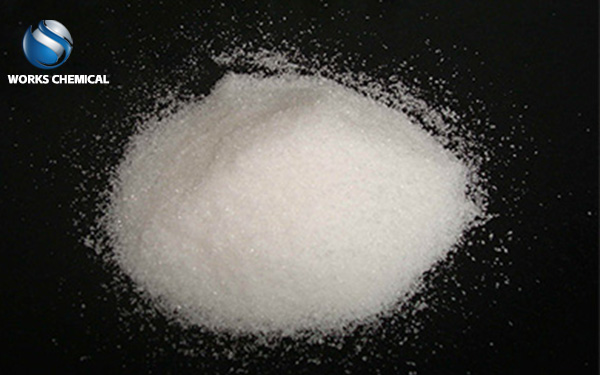
Compared with polypropyl (polyacrylamide, referred to as PAM), sludge conditioners show a series of significant advantages in the sludge treatment process. The following is a specific comparative analysis of the advantages of the two:

1. Use effect and efficiency
Sludge dewatering effect:
Sludge conditioner: can quickly flocculate the sludge, effectively break the water in the sludge organic matter, form a rigid floc, this floc can form a channel when entering the plate frame, so that the water is easier to filter out, thereby improving the sludge dewatering efficiency. After sludge dehydration, the moisture content can be reduced to 40%-60% to form a sludge cake that can be used as resources.
Poly (C) : Although PAM is also a commonly used flocculant, its viscosity is high after dissolution, and it is easy to make the sewage sticky, resulting in the viscous mud and water entering the plate frame together when entering the mud, blocking the filter cloth, affecting the dehydration effect. The pressed sludge often has a higher moisture content and is easily stained with filter cloth, requiring additional manual cleaning.
Dehydration rate:
Sludge conditioner: dehydration speed is fast, can significantly shorten the treatment time, improve the treatment efficiency.
Poly (C) : In contrast, its dehydration rate may be slower, and is greatly affected by the viscosity of sewage.
Ii. Follow-up Treatment and Resource Utilization
Filter cake quality:
Sludge conditioner: the dehydrated filter cake is small in volume, light in weight, and has loose and breathable microstructure, which is very suitable for further drying treatment or resource utilization.
Poly (C) : The dehydrated sludge may be viscous, which is not conducive to subsequent treatment.
Resource utilization efficiency:
Sludge conditioner: By improving sludge dewatering efficiency, reducing sludge volume and weight, reducing transportation and disposal costs. At the same time, the dehydrated sludge cake can be further used in composting, incineration and other resource utilization ways.
Poly (C) : Although it also has a certain dehydration effect, it may be slightly worse than the sludge conditioner in terms of resource utilization efficiency.
Environmental impact and safety
Impact on the device:
Sludge conditioner: Because it does not contain inorganic salts and other corrosive components, the corrosion of the equipment is small, and the service life of the equipment can be extended.
Poly (C) : Some types of PAM may contain components that are corrosive to the equipment and may cause damage to the equipment during long-term use.
Security:
Sludge conditioners: Generally have lower toxicity and irritants, with less impact on operators and the environment.
Poly (C) : Although PAM itself is less toxic, it is still necessary to pay attention to safety protection measures during use.
In summary, sludge conditioner has more significant advantages than poly (C) in sludge dewatering effect, dewatering speed, follow-up treatment, resource utilization, environmental impact and safety. Therefore, in the field of sludge treatment, sludge conditioner is gradually becoming the first choice for more and more sewage treatment plants.